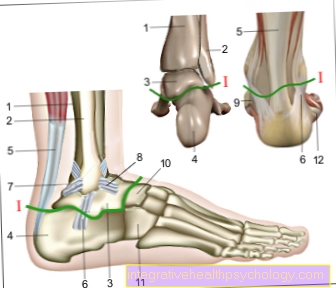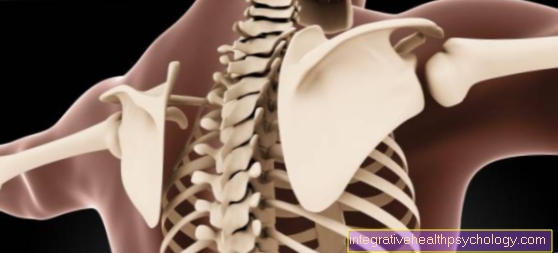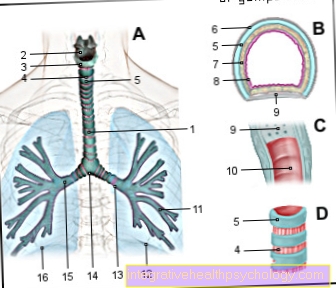Assessment of body weight
There are various names for body weight, some of which have their origins in medicine and others in advertising.
- Ideal weight
- Feel good weight
- Desirable weight
- Broca weight
Ideal weight
This concept of the ideal weight is no longer in use today.
It was originally introduced to determine the lowest mortality weight.
However, it is associated with cosmetic ideas, is therefore misleading and has not been used in medical parlance for several years.
Feel good weight
This designation of the feel-good weight is often used in advertising. It gives the impression of being able to feel the optimal weight in terms of health.
However, with increased body weight and increased body fat, accompanying diseases can be present that are not unpleasant and do not impair well-being. For example, increased blood sugar over a long period of time can trigger serious consequential damage.
Desirable weight
One understands that Weight with the lowest mortality and the greatest life expectancy.
This designation has the term "Ideal weight“Replaced. These data were first determined by American life insurance.
The tables were classified according to size, age and gender. They are subject to a certain change of time and have been changed and adapted again and again in recent years. The existing body weight (ideally in Body mass index - Range from 20 to 24.9 and in no case over 30) can be maintained on the background of predisposition (genetic disposition) eating habits and eating behavior without this weight having to be forced through constant hunger phases or through extremely one-sided and unsustainable eating behavior .
Broca weight
Until a few years ago, the so-called Broca formula was used to assess body weight. It reads: Broca weight = body length (cm) - 100 (example: normal weight with a height of 170 cm = 70 kg. The ideal weight for men was 10% and for women 15% below Broca's weight. An advantage of this The method used was the low computational effort and is no longer needed today.
Genetic disposition
According to recent findings, the individual genetic disposition (disposition) plays a far greater role in the question of whether someone becomes fat or not than previously assumed.
In a Canadian study, people of the same age and sex were overfed with 1,000 calories a day for 100 days. The subjects put on weight differently (between 4 and 14 kilograms) and at different rates. So one can assume that there really are “good” and “bad” feed converters.
The inheritance of a reduced basal metabolic rate (energy consumption at rest) is often the cause of obesity. A familial accumulation of overweight is evident. In families with overweight adults, the children and grandchildren are often too fat.
In Danish studies (Stunkard, 1986) it was proven: If both parents were too fat, the children also developed overweight in 80% of all cases in the course of their lives.
Of course, the role model function of the parents also plays a major role. Eating behavior, eating habits and physical activity (sport) are exemplified by the parents and adopted by the children.
Read more on the subject at: Set point theory





























